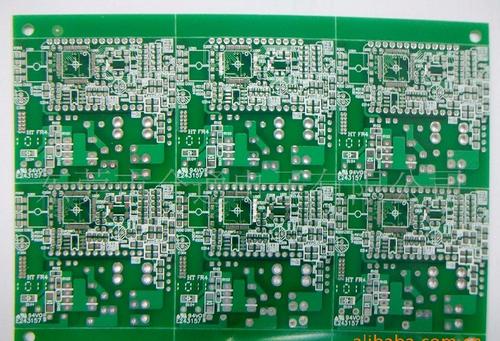 +86 755 2794 4155
+86 755 2794 4155  sales@knownpcb.com
sales@knownpcb.com
-
Shenzhen KNOWNPCB Technology Co., Ltd.
 +86 755 2794 4155
+86 755 2794 4155  sales@knownpcb.com
sales@knownpcb.com
 2025-04-12
2025-04-12
 926
926

Manufacturing Process
Precision Manufacturing Techniques
High - frequency PCBA boards require highly precise manufacturing processes. The drilling of vias, which are used to connect different layers of the board, needs to be extremely accurate. The diameter of the vias and their placement must be within tight tolerances to avoid any impact on the signal integrity. Laser drilling is often used in the manufacturing of high - frequency PCBA boards as it can achieve very small via diameters with high precision.
The soldering process also needs to be carefully controlled. In high - frequency applications, poor soldering joints can introduce impedance mismatches and signal reflections. Advanced soldering techniques, such as reflow soldering with precise temperature control, are used to ensure reliable and high - quality solder connections. For example, in the assembly of high - speed data transfer PCBA boards, the soldering of high - speed connectors and integrated circuits is crucial for maintaining signal integrity.
Testing and Quality Control
Extensive testing is carried out during the manufacturing of high - frequency PCBA boards. Network analyzers are used to measure the impedance, insertion loss, and return loss of the traces and components on the board. This helps to identify any potential signal integrity issues. In a 5G RF front - end PCBA board, the network analyzer can measure the performance of the antenna matching circuits and the signal paths between different components.
X - ray inspection is also commonly used to check for hidden defects in the board, such as poor via connections or misaligned components. Thermal testing may also be performed to ensure that the board can operate within the specified temperature range without any degradation in performance, especially important in applications where the PCBA board may be exposed to extreme temperatures, like in aerospace or automotive radar systems.

Or call +86 755 2794 4155
Inquiry Now

